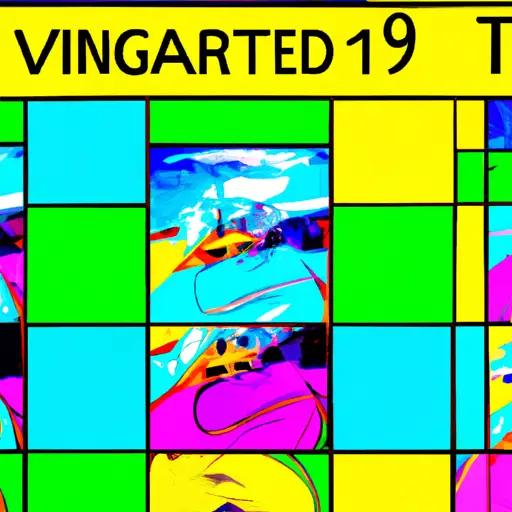Step-by-Step Guide to Taking a Video Screenshot on Windows
Taking a video screenshot on Windows is a simple process that can be done in just a few steps. This guide will walk you through the process of taking a screenshot from any video playing on your Windows computer.
Step 1: Open the Video File
Open the video file you wish to take a screenshot from in your preferred media player. Make sure that the video is playing and that you have identified which frame of the video you would like to capture as your screenshot.
Step 2: Open Snipping Tool
Open up Snipping Tool, which can be found by searching for it in your Start Menu or typing “Snipping Tool” into Cortana search bar. Once open, click “New” to begin creating your snip.
Step 3: Select Your Screenshot Area
Using your mouse, select an area of the screen containing part or all of the frame you wish to capture as a screenshot. You can also use Snipping Tool’s free-form selection tool if needed for more precise selection of an area within the frame. Once selected, click “Save As” and choose where you would like to save it on your computer before clicking “Save” again to finish saving it as an image file (e.g., .jpg).
Step 4: Enjoy Your Screenshot!
You have now successfully taken a screenshot from any video playing on Windows! You can now share this image with friends or use it however else desired!
How to Capture the Perfect Video Screenshot on Windows: Tips and Tricks
Capturing the perfect video screenshot on Windows can be a tricky task. However, with the right tips and tricks, you can easily take stunning screenshots of your favorite videos. Here are some useful tips to help you capture the perfect video screenshot on Windows:
1. Use a High-Quality Video Player: To get the best quality screenshots from your videos, it is important to use a high-quality video player such as VLC Media Player or GOM Player. These players offer advanced features that allow you to adjust settings such as brightness and contrast for better image quality.
2. Adjust Your Settings: Before taking any screenshots, make sure to adjust your settings according to your preferences. This includes adjusting brightness and contrast levels so that they are suitable for capturing clear images of your videos. Additionally, if possible, try increasing the resolution of your video player so that you can capture more detailed images from your videos.
3. Take Multiple Screenshots: Taking multiple screenshots is always recommended when trying to capture the perfect image from a video clip or scene in order to ensure that you have captured all of its details accurately and clearly without any distortion or blurriness in the image quality due to motion blur or other factors like lighting conditions etc..
4. Use Third-Party Software: If you want more control over how you take screenshots from videos then using third-party software like Snagit or Lightshot is highly recommended as these programs offer advanced features such as cropping tools which allow users to crop out unwanted parts of their images before saving them onto their computers for further editing purposes if needed later on down the line..
5 . Save Your Screenshots in High Quality Format : When saving your screenshots make sure that they are saved in high quality formats such as PNGs which will ensure that no details are lost during compression when sharing them online with others via email or social media platforms etc..
Following these tips will help ensure that every time you take a screenshot from a video clip it looks amazing!
Q&A
Q1: How do I take a video screenshot on Windows?
A1: To take a video screenshot on Windows, you can use the Snipping Tool or the Print Screen key. With the Snipping Tool, you can capture an image of your screen and save it as an image file. With the Print Screen key, you can capture an image of your entire screen and save it to your clipboard. You can then paste this image into any program that supports images such as Microsoft Paint or Photoshop.
